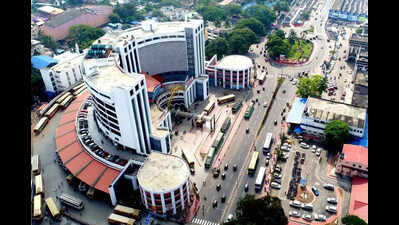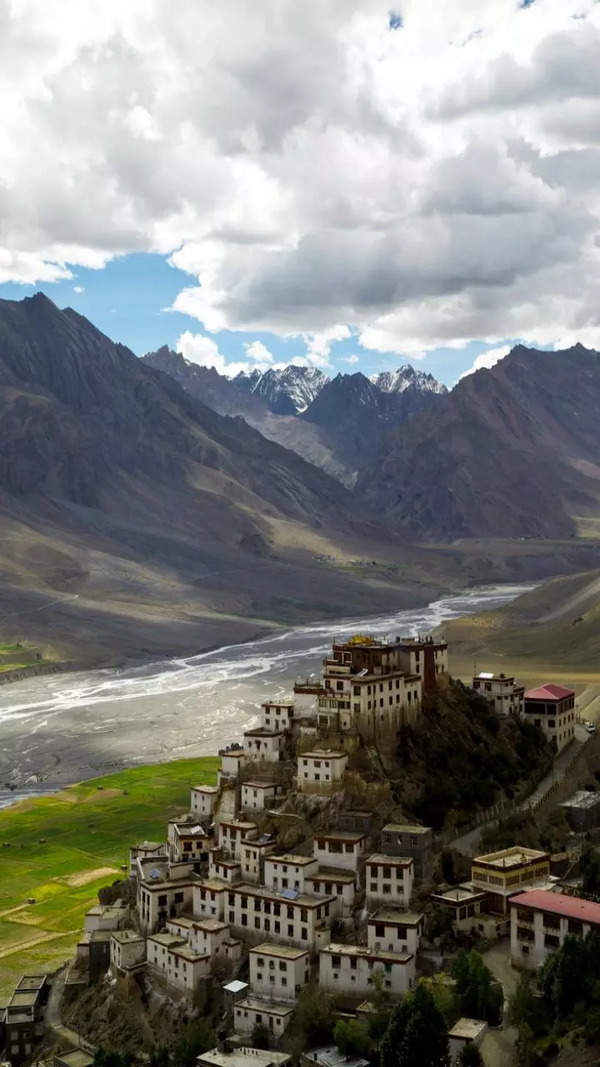- News
- City News
- thiruvananthapuram News
- Unplanned urbanization drives heat stress in T’puram district
Trending
Unplanned urbanization drives heat stress in T’puram district
T'puram: At a time when the mercury level soars, a recent study by the geography department at University College has revealed alarming trends in land use and land cover (LU/LC) changes in the capital city and its surrounding areas, highlighting the environmental impact of unplanned urban expansion.
The research points to a significant rise in land surface temperature (LST) and the urban heat island (UHI) effect, driven largely by the transformation of green spaces and open areas into built-up regions over the past three decades. Between 1988 and 2022, built-up areas in Thiruvananthapuram increased by a staggering 118.46% while vegetation, open areas and water bodies declined by 24.27%, 64.31% and 43.88%, respectively.
The rapid change is linked to the city's growing population and development pressures, especially as Thiruvananthapuram serves as the administrative and IT hub of Kerala, with strong connectivity through road, rail, air and sea. The study recorded a rise in LST by 4.84ºC from 1988 to 2022 with the mean LST over the 34-year period increasing from 26.96ºC to 28.52ºC.
Since 2000, the city showed clear signs of the UHI effect, particularly in densely built-up zones. In response, the researchers proposed a heat stress vulnerability index (HSVI) using the analytic hierarchy process (AHP) method to identify areas at risk. The HSVI results classify 5.19% of the area as very highly vulnerable, 8.87% as highly vulnerable, 17.88% as moderately vulnerable and the remaining as low or very low vulnerable, finds the study carried out by research associates RS Anupriya and TA Rubeena.
End of Article
FOLLOW US ON SOCIAL MEDIA












